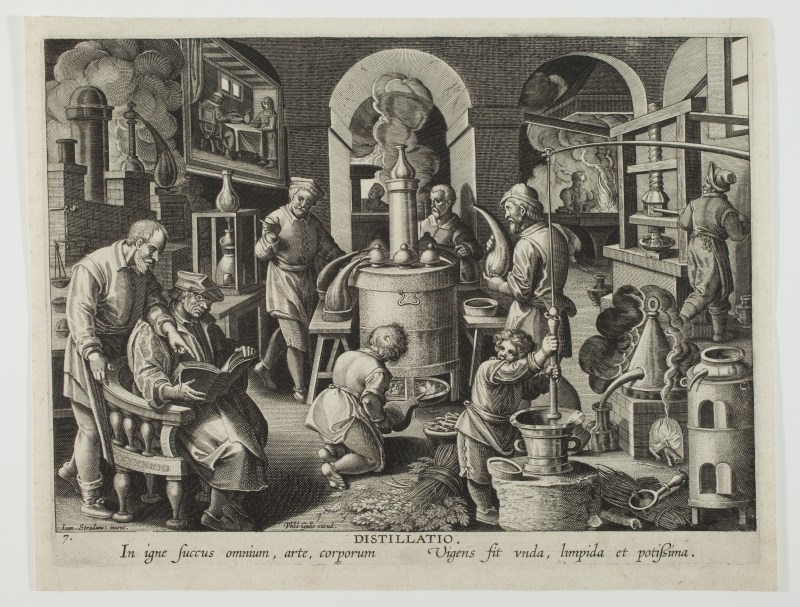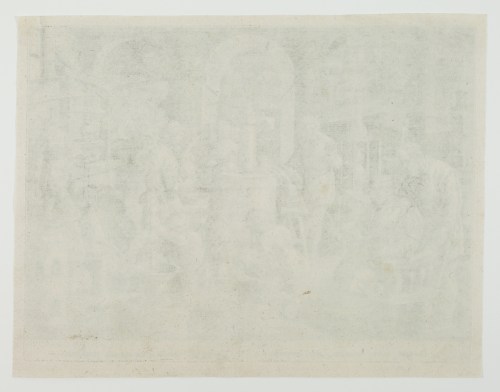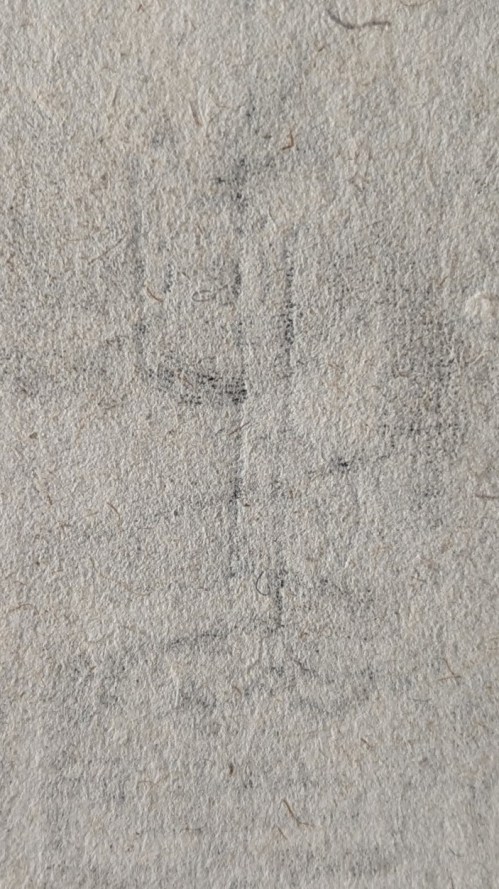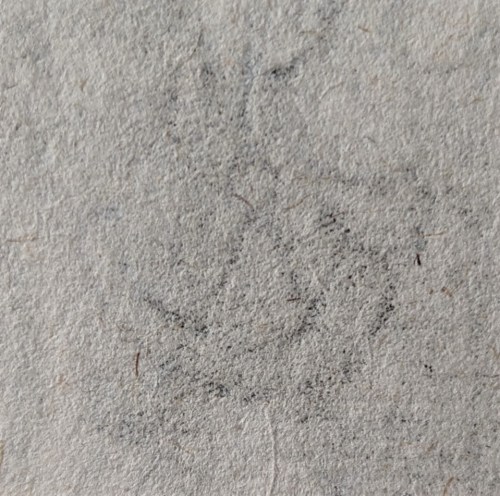Philips GALLE (attributed to the workshop of): Distillatio [The Invention of Distillation] - ca. 1588
SOLD
Engraving after Johannes Stradanus, 201 x 269 mm. New Hollstein (Johannes Stradanus) 329, 1st state (of 3).
Plate no. 7 in the Nova Reperta series.
Impression of the first state (of 3), with Philips Galle’s address.
Superb impression, with strong contrasts, printed on laid watermarked paper (watermark: Gothic P and horn). Small margins (sheet: 217 x 280 mm). Small repaired tear of 25 mm in the upper right corner. Otherwise in perfect condition.
The caption in Latin reads: In igne succus omnium, arte, corporum / vigens fit unda limpida et potissima: In the fire, the juice of all bodies, thanks to art, becomes water full of life, pure and very powerful.
Olivia Dill has analysed Distillatio in the context of the contemporary practice of alchemy, particularly at the Medici court in Florence, with which Johannes Stradanus had a special relationship (“Invented Processes: Stradanus’s Distillatio and Lapis polaris magnes”, in Renaissance Invention - Stradanus’s Nova Reperta (ed. Lia Markey)).
Francesco I de' Medici was personally interested in the practice of alchemy. Johannes Stradanus painted his portrait in 1570 for the studiolo of the Palazzo Vecchio: Francesco I de' Medici in his Laboratory, also known as The Alchemist's Laboratory. Almost twenty years later, the engraving takes up elements of this painted portrait, but changes its scope: it expands the image, gives greater detail to the workshop and its utensils, and increases the number of protagonists. It also moved the multi-vessel alembic, which was harder to see in the dark depths of The Alchemist's Laboratory, towards the centre: the main subject, underlined by the caption, is the process of distillation and its practice in a collective workshop: as in other engravings in the series (Sculptura in æs, Impressio librorum...), the multiplicity of tasks, carried out at the same time and in the same place by many people of different status, helps to perfect the process and its applications.
Reference: Markey, Lia, ed. Renaissance invention: Stradanus’s Nova reperta. Evanston, Illinois: Northwestern University Press, 2020.






